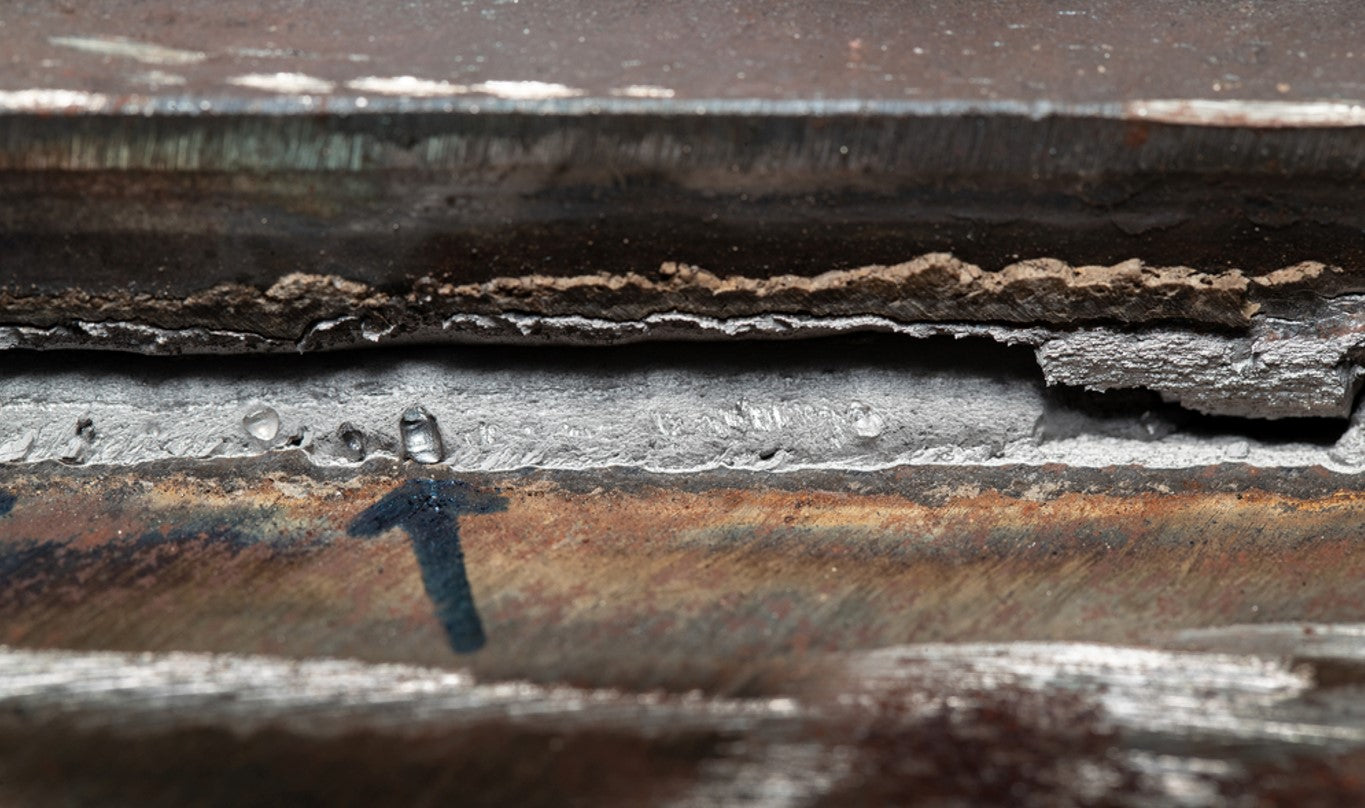Your Total Handbook to Preventing Weld Undercut Like a Pro
Your Total Handbook to Preventing Weld Undercut Like a Pro
Blog Article
Mastering the Art of Welding: Exactly How to Stay Clear Of Undercut Welding Issues for Flawless Manufacture Results
By recognizing the origin causes of undercut welding and executing efficient strategies to prevent it, welders can elevate their craft to new levels of excellence. In the pursuit of perfect manufacture outcomes, grasping the art of welding to prevent undercut problems is not simply an ability yet a need for those making every effort for excellence in their job.
Understanding Undercut Welding

To avoid undercut welding, welders ought to make certain proper welding specifications, such as readjusting the existing, voltage, traveling rate, and maintaining the right electrode angle. Additionally, utilizing the ideal welding method for the details joint configuration is necessary. Employing weaving movements or backstepping techniques can help make sure proper weld metal deposition and reduce the possibility of undercut formation. Normal examination of welds during and after the welding process is likewise essential to catch any type of undercut very early and make needed modifications to protect against more issues. Preventing weld undercut. By understanding the reasons for undercut welding and executing preventative measures, welders can achieve top notch, structurally audio welds.
Reasons of Undercut in Welding
Comprehending the aspects that add to damage in welding is essential for welders to produce top quality, structurally sound welds. Damaging happens when the weld metal does not correctly fill the groove formed in between the base metal and the formerly transferred weld metal. A number of elements can lead to damage in welding. One typical cause is too much warm input. Welding at heats for extended durations can result in the base steel thawing more than desired, leading to damage. Insufficient welding current or wrong welding speed can additionally add to undercut. Not enough current might not supply enough warmth to melt the base and filler steels effectively, while too much rate can prevent correct fusion, creating undercut. Additionally, incorrect electrode angles or incorrect torch control methods can create locations of reduced weld steel deposition, promoting undercut. Recognizing these causes and applying correct welding strategies can assist protect against undercutting problems, making sure durable and strong welds.
Methods to Protect Against Undercutting

To minimize the threat of damaging in welding, welders can utilize calculated welding techniques aimed at improving the high quality and stability of the weld joints. Additionally, using the correct welding method for the certain joint setup, such as weave or stringer beads, can contribute to lowering damaging.
Additionally, appropriate joint preparation, consisting of guaranteeing clean base products without pollutants and using the ideal welding consumables, is important in avoiding undercut problems. Employing back-step welding methods and regulating the weld bead account can likewise aid distribute heat equally and reduce the risk of undercut. Routine examination of the weld joint throughout and after welding, as well as implementing quality control actions, can assist in dealing with and detecting damaging issues immediately. By carrying out these techniques faithfully, welders can achieve remarkable fabrication results with very little undercut flaws.
Significance of Proper Welding Specifications
Picking and maintaining suitable welding specifications is crucial for achieving effective welds with minimal problems. Welding specifications describe variables such as voltage, present, take a trip speed, electrode angle, and protecting gas circulation price that straight influence the welding procedure. These specifications should be carefully changed based on the type of product being welded, its thickness, and the welding technique employed.
Proper welding parameters make sure the correct amount of warmth is put on melt the base steels and filler material consistently. If the criteria are established as well high, it can bring about too much warmth input, creating company website burn-through, spatter, or distortion. On the various other hand, if the specifications are as well reduced, incomplete combination, lack of infiltration, or damaging might happen.
Top Quality Guarantee in Welding Workflow

Conclusion
Finally, understanding the art of welding requires a comprehensive understanding of undercut welding, its reasons, and methods to stop it. By ensuring appropriate welding parameters and carrying out quality control methods, flawless manufacture results can be attained. It is essential for welders to consistently aim for excellence in their welding procedures to avoid undercut problems and produce premium welds.
Undercut welding, an usual issue in welding processes, happens when the weld steel does not properly load the groove and leaves a groove or anxiety along the bonded joint.To avoid undercut welding, welders should ensure appropriate welding parameters, such index as changing the existing, voltage, my website travel rate, and maintaining the proper electrode angle. Inadequate welding present or wrong welding rate can additionally contribute to damage.To mitigate the risk of damaging in welding, welders can use strategic welding techniques intended at boosting the quality and integrity of the weld joints.In final thought, understanding the art of welding calls for a thorough understanding of undercut welding, its causes, and methods to stop it.
Report this page